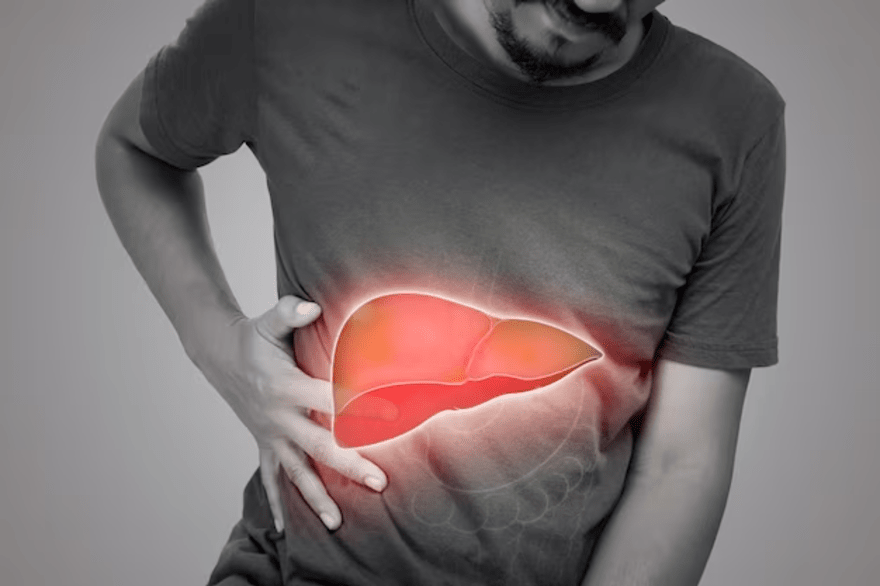
Symptoms And Diagnosis Of Liver Diseases
Liver diseases encompass a broad range of conditions that affect the liver’s functionality, leading to serious health issues if left untreated. Early recognition and determination are critical for powerful treatment and the board. In this article, we’ll explore the symptoms and diagnostic methods for liver diseases.
Understanding Liver Diseases
The liver is a crucial organ liable for different fundamental capabilities, including detoxification, protein blend, and the development of biochemicals vital for processing. Liver diseases can be acute or chronic and may result from infections, genetics, lifestyle factors, or autoimmune responses.
Common Symptoms of Liver Diseases
1. Jaundice
Jaundice is portrayed by a yellowing of the skin and eyes. It occurs when the liver fails to efficiently process bilirubin, a byproduct of red blood cell breakdown. Elevated levels of bilirubin in the blood lead to jaundice, a common indicator of liver dysfunction.
2. Fatigue and Weakness
Chronic fatigue and weakness are common symptoms of liver disease. The liver’s impaired ability to metabolize nutrients and remove toxins can lead to an overall sense of exhaustion and decreased energy levels.
3. Abdominal Pain and Swelling
Liver diseases often cause discomfort or pain in the upper right side of the abdomen. Additionally, fluid accumulation in the abdominal cavity, known as ascites, can lead to swelling and a distended abdomen.
4. Dark Urine and Pale Stools
Changes in urine and stool color are significant indicators of liver problems. Dark urine may result from high bilirubin levels, while pale stools indicate a lack of bile production or obstruction in bile flow.
5. Nausea and Vomiting
Persistent nausea and vomiting can be symptoms of liver disease. These gastrointestinal issues arise due to the liver’s reduced ability to process toxins and aid in digestion.
6. Itchy Skin
Itching, or pruritus, can occur in individuals with liver disease due to the buildup of bile acids in the bloodstream. This condition can cause huge inconvenience and disturb day to day exercises.
7. Unexplained Weight Loss
Unintended weight loss and loss of appetite are common in liver disease patients. The liver’s role in metabolizing nutrients and maintaining energy balance is compromised, leading to these symptoms.
Diagnosis of Liver Diseases
Diagnosing liver diseases involves a combination of medical history, physical examination, laboratory tests, and imaging studies. Here are the primary diagnostic methods:
1. Medical History and Physical Examination
A thorough medical history and physical examination are the first steps in diagnosing liver disease. Healthcare providers assess risk factors such as alcohol consumption, family history, and exposure to hepatotoxic substances. Physical examination may reveal signs like jaundice, abdominal swelling, and liver enlargement.
2. Blood Tests
Blood tests are crucial for diagnosing liver diseases. Key blood tests include:
Liver Function Tests (LFTs): Measure levels of liver enzymes (ALT, AST, ALP) and bilirubin to assess liver function.
Complete Blood Count (CBC): Evaluates overall health and detects infections or anemia.
Viral Hepatitis Panel: Screens for hepatitis A, B, and C infections.
Serum Albumin and Prothrombin Time (PT): Assess liver’s protein synthesis and blood clotting abilities.
3. Imaging Studies
Imaging techniques provide detailed views of the liver’s structure and can identify abnormalities. Common imaging studies include:
Ultrasound: Non-invasive imaging that detects liver enlargement, fatty liver, and tumors.
CT Scan (Computed Tomography): Offers detailed cross-sectional images to identify liver lesions and tumors.
MRI (Magnetic Resonance Imaging): Provides high-resolution images of the liver and surrounding tissues.
FibroScan: Measures liver stiffness to assess fibrosis and cirrhosis.
4. Liver Biopsy
A liver biopsy involves removing a small tissue sample from the liver for microscopic examination. This procedure helps determine the extent of liver damage and identify specific liver diseases such as hepatitis, cirrhosis, and fatty liver disease.
5. Endoscopy
Endoscopic procedures like endoscopic retrograde cholangiopancreatography (ERCP) can diagnose and treat bile duct and pancreatic diseases. ERCP combines endoscopy and fluoroscopy to examine the bile ducts, pancreatic duct, and gallbladder.
Conclusion
Liver diseases can manifest through various symptoms, many of which are non-specific and may overlap with other conditions. Understanding the symptoms and diagnostic methods for liver diseases is essential for early detection and effective treatment. If you experience any symptoms associated with liver diseases, it is crucial to seek medical attention promptly. Early diagnosis can significantly improve the management and outcomes of liver conditions. Always consult a healthcare professional for personalized advice and treatment options
For More Information: https://gleasonhealthcare.com/
